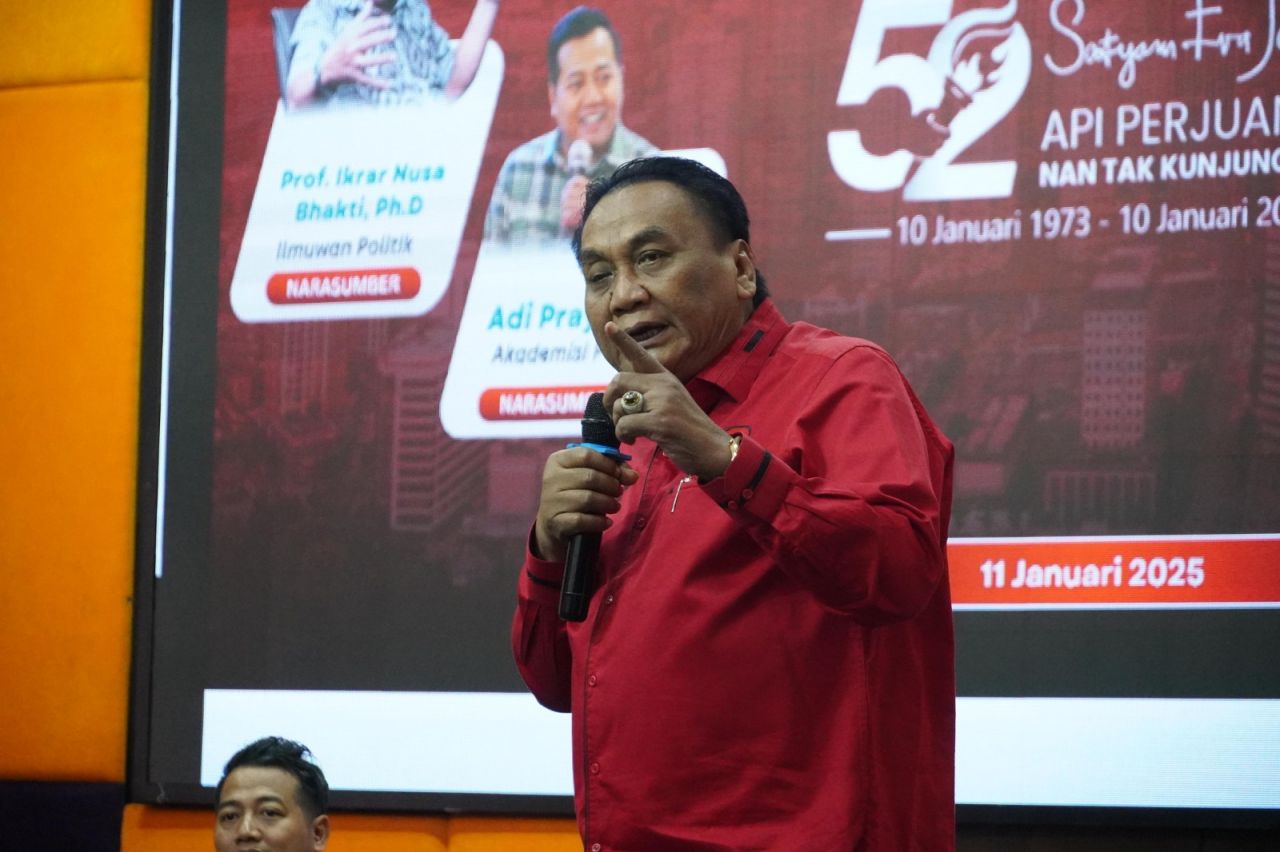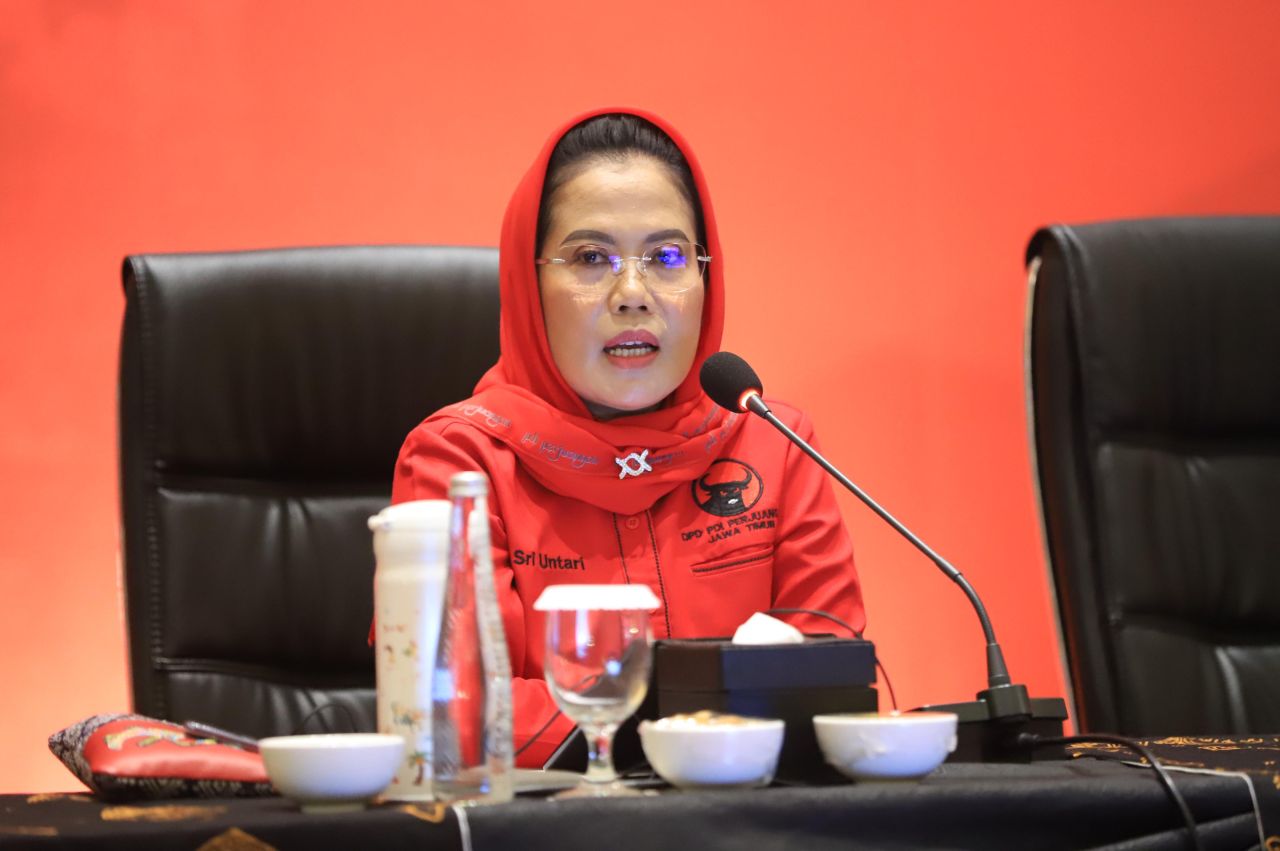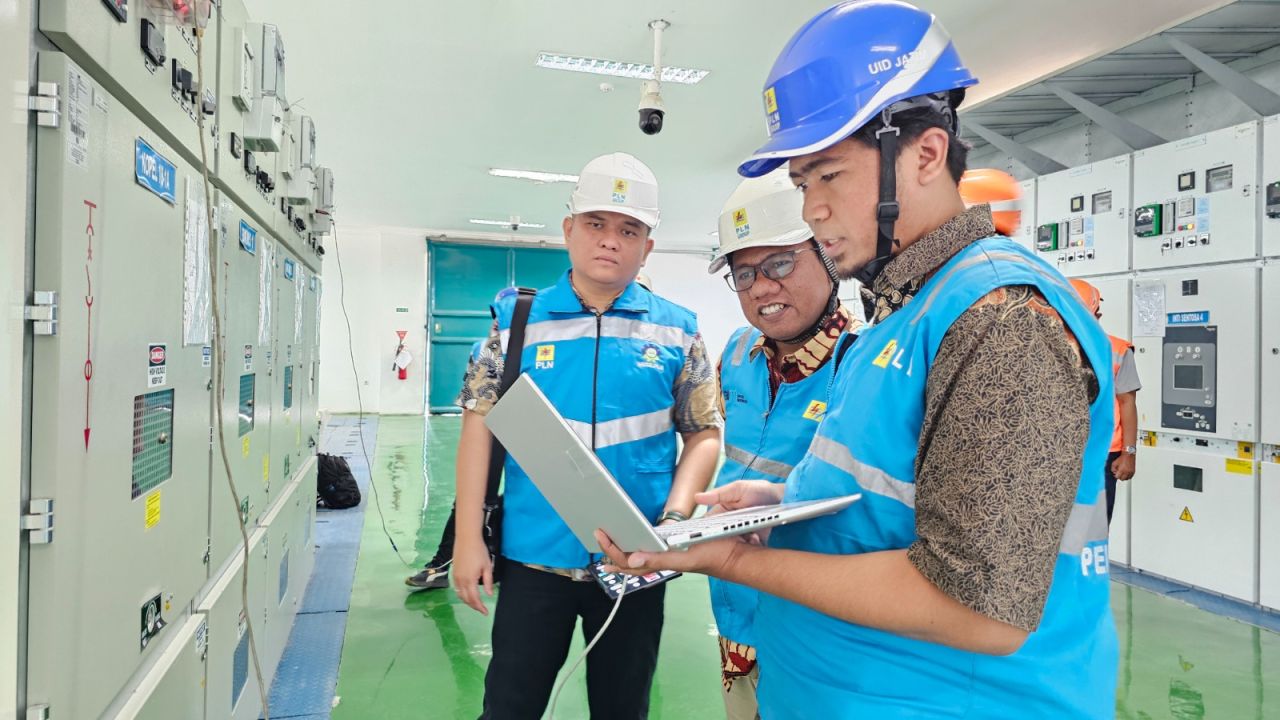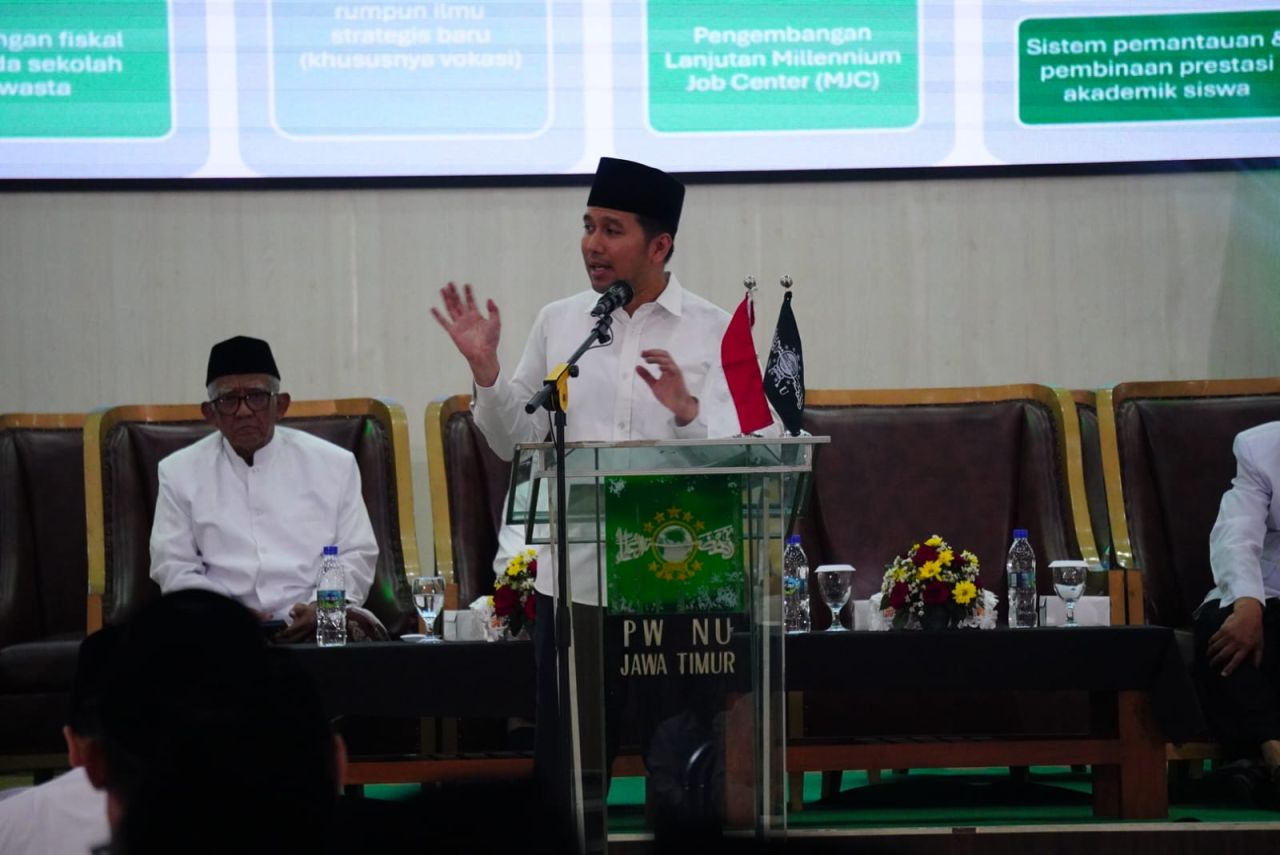
Australians have voted in a Labor government for a second term, showing Labor's election promises had cut through while Aussies are doing it tough with the cost of living.
While most of the talk in the run-up to the federal election surrounded whether or not the New Vehicle Efficiency Standard (NVES) would remain in place if the Coalition won, there are a number of other motoring policies that have been thrown into the spotlight too.
Let’s explore what Labor's election promises mean for you and your car – what’s committed to and what changes could be on the agenda for the next few years.

Already on the agenda – emissions standards are going nowhere
New Vehicle Efficiency Standard (NVES)
In 2024, the Labor Government brought the NVES into law, which came into effect on January 1 this year.
The legislation is designed to encourage car manufacturers to supply more fuel-efficient and low-emission vehicles (such as hybrids and fully-electric vehicles).
The NVES applies to new car sales and limits the average emissions of a car maker’s overall fleet of vehicles sold each year, with targets becoming progressively stricter.
For every gram of carbon dioxide per kilometre over its limit, each car maker must pay a penalty of $100 as of July 1 this year.
One of Labor's election promises was a continued commitment to the NVES.
The impact of the NVES on the new-car market and prices shouldn’t be underestimated, the Australian Automotive Aftermarket Association (AAAA) said in a pre-election statement.
While some car makers have suggested they intend to pass their fines on to consumers through higher prices, others have indicated the “dirtier” petrol and diesel models in their line-ups, which include many utes and V8-powered cars, may get the axe so they don’t fall foul of their targets.

The Labor Government introduced changes to exempt fully-electric vehicles and plug-in hybrids (PHEVs) from the fringe benefits tax (FBT) in 2022.
The incentive has proved popular, and assisted with sales of particularly PHEVs, with approximately 100,000 Aussies taking advantage over the last three years, according to the Sydney Morning Herald.
One of Labor's election promises was to continue on with the exemption for full EVs. Labor did scale back the policy in recent months, with the offer expiring for PHEVs as of March 31, 2025.
Data from the National Automotive Leasing and Salary Packaging Association (NALSPA) shows many of the most popular suburbs for novated leases on electric cars are located in outer suburbs with motorists who want to lower their fuel bills, reports the Sydney Morning Herald.
“The election outcome is a clear signal that every day, working Australians support the adoption of low and zero-emission cars to help reduce their living costs and carbon footprint,” NALSPA’s CEO Rohan Martin said in a media statement.
“Importantly, we also welcome the Labor Government’s ongoing support for the EV FBT exemption, which is helping many more Australians, particularly those working families living in the outer suburbs, to consider and afford to make the switch to cleaner, lower-cost transport.

Labor has pledged to offer households a 30 per cent discount on solar power batteries as part of a $2.3 billion funding commitment from July 1 this year.
That will mean a saving of $4000 on the cost of a typical solar-charged home battery, which will add to existing state-based incentives of up to $2400 in NSW and interest-free loans in Victoria, according to the AFR.
What to expect from Labor this time around
Luxury car tax (LCT) could be scrapped
While a formal commitment hasn’t yet been made, nor was it one of Labor's election promises, PM Anthony Albanese is reportedly considering axing the $5.2 billion luxury car tax in order to secure a free-trade deal with Europe.
The LCT is a 33 per cent tax applied to the portion of a vehicle’s cost above a certain limit, which includes on-road costs and accessories.
For most vehicles, the current limit before LCT is applied is $80,567, while for fuel-efficient vehicles (those with a claimed fuel economy of less than 7.0L/100km) it is $91,387.

Road-user charging for EVs
Tax reform is widely considered something among the automotive industry that the returning government needs to address.
As well as abolishing the LCT, there are calls to establish a fair and balanced road user charging system that reflects today’s vehicle technologies and usage patterns.
“Now is the time for policies that…support the evolution of a sustainable automotive industry,” Stavros Yallouridis, CEO of the Motor Traders' Association of New South Wales (MTA NSW), said in a statement.
So far, only Victoria has attempted to introduce such a charge, doing so in 2022 only to have it overturned by the High Court of Australia in October 2023.
The charge, which was 2.5 cents per kilometre for full EVs, was deemed unconstitutional by the court because it was considered an excise tax, which only the Commonwealth can impose.
Since then, it has been sitting on Albanese’s desk with no further action taken.
"While fairness in road funding is essential, we must ensure the approach is equitable. Our industry needs to be actively engaged in these discussions to prevent policies that create unintended consequences for vehicle owners," the Australian Automotive Aftermarket Association (AAAA) said in a statement.

Powering your home using your car – V2G expansion
The ability to buy an electric car and use it to share power between your car, your home or another electrical item, is something that has largely been off limits so far for Australia.
This is called bidirectional charging and allows for electricity to flow both ways between an electric vehicle (EV) and an external electricity system.
This means that EV charging loads can be shifted to opportune times and act as a generator, providing power to homes or buildings and supporting the electricity grid.
V2G refers to power being sent from your EV to the grid. V2H means sending power from your EV to your home. And V2L means powering something like a generator using energy from your car.
“In its second term, the Albanese government needs to unlock the full potential of electric vehicles — from expanding policies beyond passenger cars, to leveraging technologies that will revolutionise how EVs power our homes and energy grid,” said the Electric Vehicle Council's CEO, Julie Delvecchio, in a statement.
“We encourage the Government to champion vehicle-to-grid technology — a ground-breaking opportunity to stabilise the grid and save all Australians money on energy bills.”
There are, however, some barriers still in the way of bidirectional charging.
At present, South Australia is the only jurisdiction to allow it, with others expected to follow suit in the coming months.
The other main issues surround the availability of V2G chargers and capable vehicles. Standards Australia recently updated the national technical standard — known as AS4777 — relating to V2G chargers, which subsequently means the Clean Energy Council (CEC) can now certify chargers and add them to its database.
It’s expected that many V2G chargers will be approved by July 2025, according to the ABC.
With more chargers available, car makers can now either bring more V2G-capable cars to market, or unlock the capabilities of those that already have it overseas to be able to use the technology in Australia.

It’s also widely agreed that the automotive sector is facing critical challenges from threats such as a growing shortage of skilled workers, the need for more robust training pathways, and stronger incentives for employers to support apprentices.
“We need strong, targeted policies that tackle skills shortages, encourage apprenticeships, and support independent businesses,” said Stavros Yallouridis, CEO of the MTA NSW.
The Victorian Automotive Chamber of Commerce (VACC) also said that while the NVES will increase the availability of low-emission vehicles for Australian consumers, businesses require “significant support during the transition period”.
“[The NVES] necessitates substantial investment in training, equipment, and infrastructure, particularly for independent workshops and regional businesses that may lack resources for rapid adaptation,” said the VACC's CEO, Peter Jones.
The VACC said the Government's support for EV adoption through the New Energy Apprenticeships Program was a good start, but more emphasis needs to be placed on the critical importance of the skills needed to work on EVs across the industry.
"The investment in TAFE funding and apprenticeship support must be delivered promptly and at sufficient scale for our sector, which already faces acute skills shortages," added Jones.
"We require thousands of new technicians trained in emerging technologies, particularly in electric vehicle systems, over the next decade. Without this workforce development, many businesses will face operational challenges."

In addition, MTA NSW is urging the new government to establish a national End-of-Life Vehicle (ELV) program to help transition the industry toward a circular economy and ensure responsible, environmentally sound vehicle disposal and recycling.
“We’re eager to work with the Labor Party to address the immediate and long-term needs of the automotive sector,” added CEO Yallouridis.
“Our industry is the engine room of the economy, employing hundreds of thousands across the country. Now is the time for policies that back local businesses, deliver a pipeline of skilled workers, and support the evolution of a sustainable automotive industry.”
A born-and-bred newshound, Kathryn has worked her way up through the ranks reporting for, and later editing, two renowned UK regional newspapers and websites, before moving on to join the digital newsdesk of one of the world’s most popular newspapers – The Sun. More recently, she’s done a short stint in PR in the not-for-profit sector, and led the news team at Wheels Media.















































